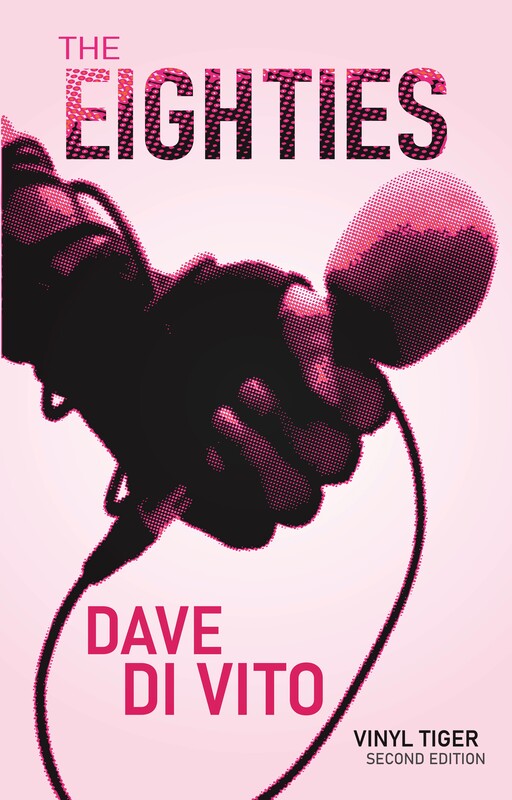|
Me and my crew spent the train ride over to Arsenale chewing over some story doing the rounds on social media. I don't remember what it was but it was the reason we ended up having a pretty heavy morning chat that day.
The crux was how in Italy too many people are quick to reduce the ultimate role of women down to mother/potential mother. There's no alternative on offer and worse still, no acceptable argument against it. We noted that the obsession with woman as creator is well, lazy and limited and especially overused in the arts. I know, we could've spoken about the croissants or the scenery but some days you see something on social media and it takes you out on a tangent. Not all that different to what's on offer at the Biennale- where lots of artists are following their own tangents spurred on by themes that will be familiar if you're on social media or if you read the press. Arsenale has less national pavilions than Giardini, so there are a few honourable mentions in this round up of what I think are the ten (+1) pavilions you should focus on. Reality is the huge group show (90+ artists which will get a separate post) is going to gobble up most of your time so you'll want to make the best of whatever time is left over. I'm starting somewhere unexpected- New Zealand to be precise. Lisa Reihana (Emissaries) gets a tick for the best use of space at Arsenale. She's made a kind of panoramic video that mimicks the old scenic wallpapers popular in Europe once upon a time and fills the long narrow space that NZ has been allocated this year. The video is interesting if a little heavy handed for the Biennale. Reihana has basically brought the conversation gripping a lot of former colonial countries to life: the one in which we are starting to articulate imperialism by bringing the darkness of the acts of colonial founding fathers to light. The scale of the work is impressive and it's not too dissimilar in theme to the work of Claudia Fontes (The Horse Problem, Argentina). Fontes is using the symbols of Argentina's founding myth to address angst and frustration. Colonialism, paternalism and the overarching state narrative are not so much the white elephant in the room but a white horse who is chomping at the bit and ready to explode from frustration with the state (as represented by the national pavilion). My friends think I've taken the easy option in choosing Fontes as one of the highlights: her work here is bold, pretty and striking but I also think it's one of the more intelligent uses of space and a pretty powerful subervsive statement about the spectacle of nationalism that makes the Venice Biennale both fun and ridiculous. Spare a thought then for Tunisia. It's not had an easy time of late politically or socially. I'm giving it a special mention because despite political obstacles, they (like the NSK collective) have managed to bring a political protest to the Biennale. The Absence of Paths is an installation: a booth where attendants will issue anyone a passport (a feesa). Its value is questionable and its blue ink (required for your fingerprint) frustratingly difficult to remove afterwards. Its a simple bureaucratic act- a passport or a visa issued instantly - which offers comment on the refugee crisis and it happens so quickly that you wind up thinking (and trying to wipe off the stain of bureaucracy) only afterwards. |
Dave
|
|
|
Dave Di Vito is a writer, teacher and former curator.He's also the author of the Vinyl Tiger series and Replace The Sky.
For information about upcoming writing projects subscribe to the mailing list. Dave hates SPAM so he won't trouble you with any of his own. He promises. |





 RSS Feed
RSS Feed